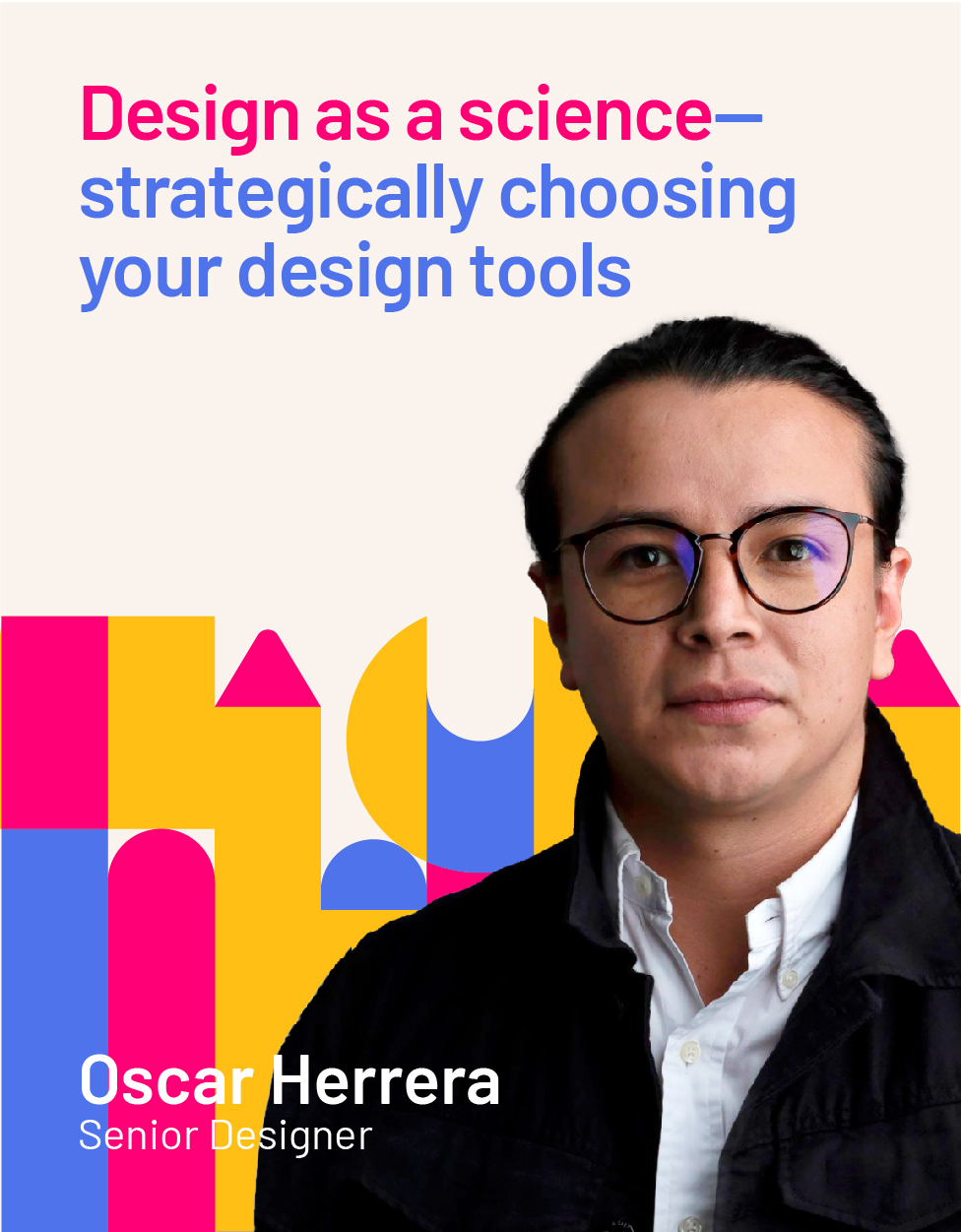Co-creating visual design

Stakeholder alignment presents a significant challenge for every organization trying to make decisions—only becoming more complicated when more people are involved. But this challenge can be overcome through a co-creative approach—”swarming”—that brings stakeholders, strategy and activations into alignment on the right path forward.
Swarming is at the center of Liquid Agency’s business consulting. We use it to unlock creativity and innovation to understand the Bx (brand experience), Ex (employee experience) and Cx (customer experience). In this process, we work to align perceptions into creative workshops where participants come together to share ideas, brainstorm concepts and contribute to the design process from the initial stages of visual identity through iterations and refinements. The aim is to leverage the collective creativity and knowledge of all involved parties to arrive at a final visual design that meets the brand strategy objectives and resonates with the target audience.
Therefore, swarming is an interactive tool used to determine brand strategy that enables a company to incorporate that strategy into a design co-creation that helps develop its visual identity and the resources (e.g., visual design toolkit) used to express it.
Here, we’ll take a closer look at the impact of the visual design Swarm and how brands progress from these collaborative sessions to being ready to create and activate their visual design toolkit.
How starting visual design with swarming generates and maintains buy-in
It’s important to distinguish that swarming and its co-creative process don’t create final designs (or other deliverables). Instead, they generate stakeholder buy-in and provide direction—a “design territory”—for doing so.
But that stakeholder buy-in is essential to making decisions and preventing dialogues from getting mired in debates over subjective preferences—delays that not only affect brand activation timelines but rack up costs the longer it takes.
Generating buy-in from common understanding
Buy-in starts with common understanding, and nothing achieves that better than combining research with an evaluation of a brand’s current strategy and its desired end state. Regarding visual design in particular, this revolves around examining how a brand’s visual design expresses its brand attributes and takes advantage of opportunities found among the broader “brandscape”—or the landscape of brand identity designs with which consumers engage out in the world.
For example, if a brand wants to be known among consumers for being cutting-edge and disruptive, how well does their design reflect that? Does its design evoke excitement and new possibilities? Or do they still resemble the long-term industry players the company is trying to separate from?
Regarding the brandscape, does the company’s brand mark, logotype, color palettes, iconography or other visual motifs conflict with prominent brands or competitors? Does a review of the brandscape reveal untapped design opportunities that enable the brand to stake a claim and stand out?
Looking at examples from the tech industry, the overwhelming use of blues and greens opens opportunities elsewhere around the color wheel. However, companies will need to weigh those against other popular color associations—such as red’s use for dangers and threats or security from them (or with good fortune in some countries).
Stakeholders coming to a common understanding of these design considerations and circumstances is foundational to generating buy-in and kicking off productive swarming sessions. When everyone is speaking the same design language to solve the same challenges, progress happens—and it happens fast.
Maintaining buy-in through co-creation
Once stakeholders are all on the same page, the magic that swarming enables—co-creation—begins.
Again, the outcome of swarming is the direction or inspiration for creating a final design. This is achieved by determining core visual design elements—first individually or in small groups—according to brand strategy, design principles and the opportunities among the brandscape. Those determinations are then brought back to the entire group for review and reconciliation.
When stakeholders collectively discuss and advocate for the various elements they believe best reflect the brand’s strategy and design goals, it fosters and reinforces their initial buy-in because they’re genuinely part of and invested in the process. Their voices are heard, and they tangibly feel their contributions to a solution in progress.
And doing so using a common understanding and design language enables them to more easily reconcile any differences and take steps forward to activate brand strategy.
Simply put, swarming is not only the best way to facilitate stakeholder collaboration and decision-making progress; it’s also the best way to ensure that research-backed brand strategy is understood and successfully woven into each of those decisions.
From swarming to design territories
The direction produced via design Swarms comprises two or three “design territories.” These territories compile a few specific elements the stakeholders agree on—and the strategy and reasons behind those selections—that will guide final design creation, much like a creative brief guides campaign concepts and activation.
Swarming-produced design territories typically comprise about four core elements that are the most important in expressing brand attributes. They might include:
- Brand/logotype
- Typography
- Color palette
- Iconography
- Motifs or themes
Collecting these main design elements then guides design professionals to an agreed-on direction for exploring visual design solutions and, ultimately, the final visual design—ensuring brand strategy is consistently woven throughout. They should be able to look at the design territory, quickly understand the design goals and their strategic influences, and then be able to replicate them. The design territory tells them, “This is what the brand wants to achieve and why,” so they know where to start and what needs to be delivered.
And because of the initial research, incorporation of strategy and the co-creative process, stakeholders maintain confidence that the final design will resonate with target audiences and can become an immediately recognizable hallmark of the brand that effectively communicates the attributes they want associated with it.
Design territories vs. visual design toolkits
Design territories provide a stakeholder-approved reference for exploring and creating final designs. Again, the design territory co-created during the swarming process isn’t the final design the brand will use—it’s the inspiration to explore a number of design solutions that ultimately lead to a final design.
A visual design toolkit is a strategic document created after stakeholders approve the final design. In effect, it’s a more comprehensive design territory—a visual identity system—that ensures every future brand expression and design activation uniformly aligns with strategy regardless of how, when or where it appears.
Swarming—the key to visual brand design success
A thorough understanding of brand strategy coupled with research and design principles provides the foundation to collectively make meaningful and substantial progress. And when that progress occurs via swarming, it promotes a more inclusive and engaging design process where stakeholders become both further aligned and invested in the design territory that drives the direction for the final visual design.
This results in designs that are not only aesthetically appealing but also align with the objectives and expectations of all stakeholders involved.


